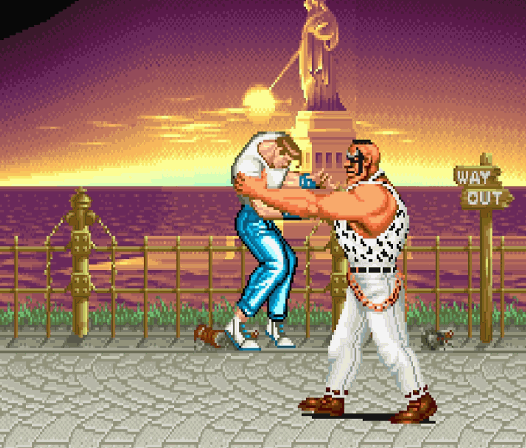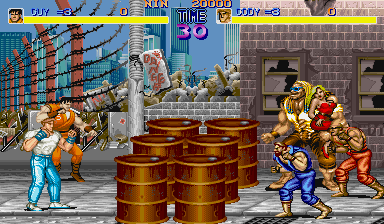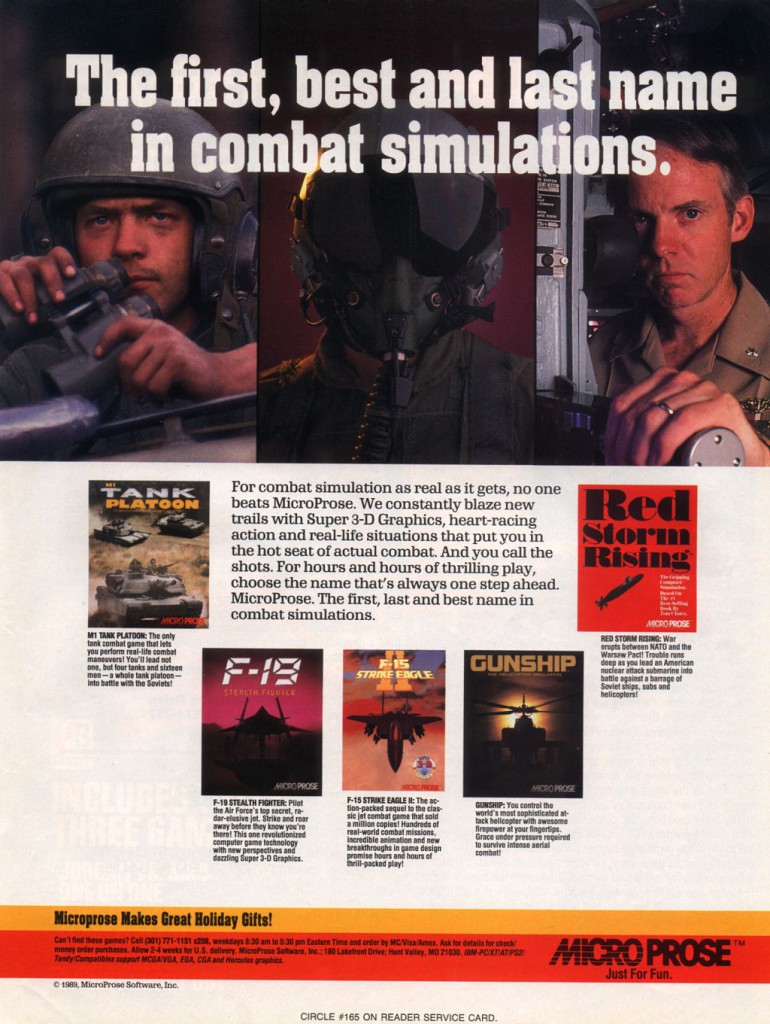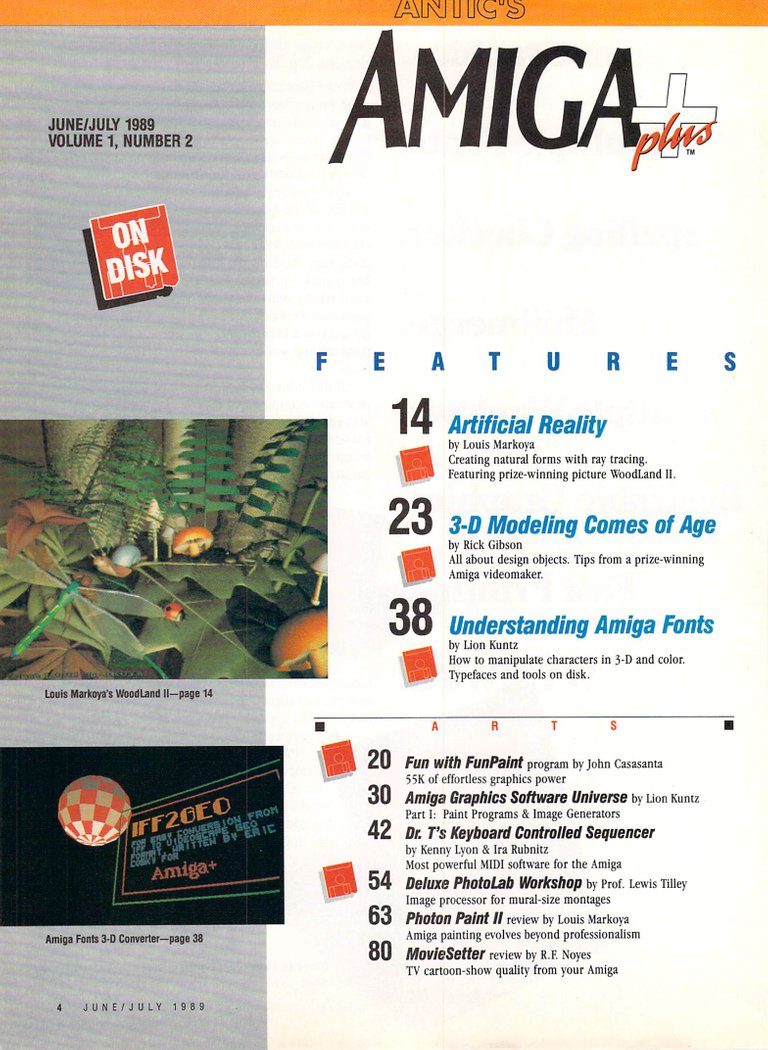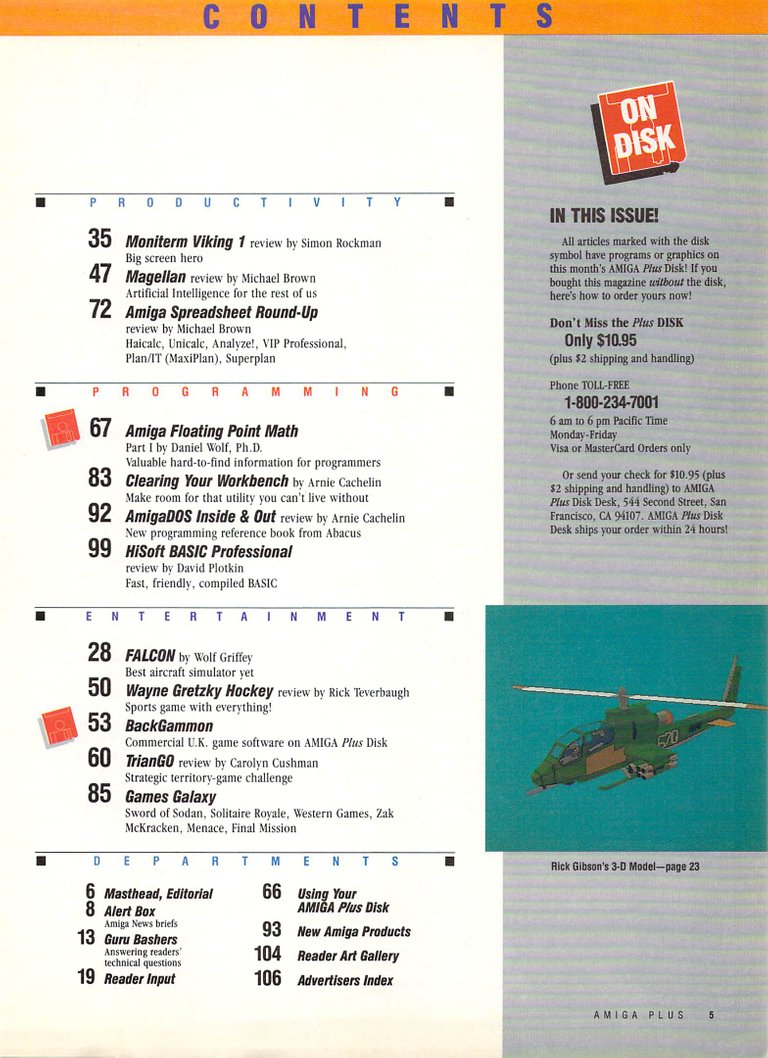Final Fight
Publisher: Capcom (Arcade, X68000, SNES, JP/NA GBA, PS2, PS3, Xbox, 360, iOS) U.S. Gold (Amiga, CPC, ST, C64, ZX), SEGA (Sega CD), Ubisoft (EU GBA)
Developer: Capcom (Arcade, X68000, SNES, GBA, PS3, 360, iOS), Creative Materials (Amiga, CPC, ST, C64, ZX), A Wave (Sega CD), Backbone Entertainment (PS2, Xbox)
Platform: Arcade, Amiga, Amstrad CPC, Atari ST, Commodore 64, ZX Spectrum, X68000, Super Famicom / Super Nintendo Entertainment System, Mega CD / Sega CD, Game Boy Advance, PlayStation 2, Xbox, PlayStation 3, Xbox 360, iOS
Year: 1989 (Arcade), 1990 (SFC), 1991 (SNES, Amiga, CPC, ST, C64, ZX), 1992 (X68000), 1993 (Sega CD), 2001 (GBA), 2005 (NA/EU PS2/Xbox), 2006 (JP PS2), 2010 (PS3, 360), 2011 (iOS)
Final Fight was ported to a large number of home systems in various waves. The initial wave in 1991 saw ports for the Commodore 64, Atari ST, Amiga and Super Nintendo (probably the highest profile port) among others. In 1993 a Sega CD port was released. In 2001 a Game Boy Advance port came along. In 2005 PS2 and Xbox versions were developed. In 2010 PS3 and Xbox 360 ports happened. Finally, in 2011 there was an iOS port. The Super Nintendo version was also released for the Wii Virtual Console in 2007 and the Wii U Virtual Console in 2013.
The 8-bit ports were not great, partially due to the limitations of those systems but also partially because insufficient time was spent actually developing them. The 16-bit computer ports didn’t fare much better. The Super Nintendo port was the best of the early ports but even it lacked two-player mode and a few other things. The Sega CD version which came a couple of years later was probably the best 16-bit port and did have the two-player mode.
